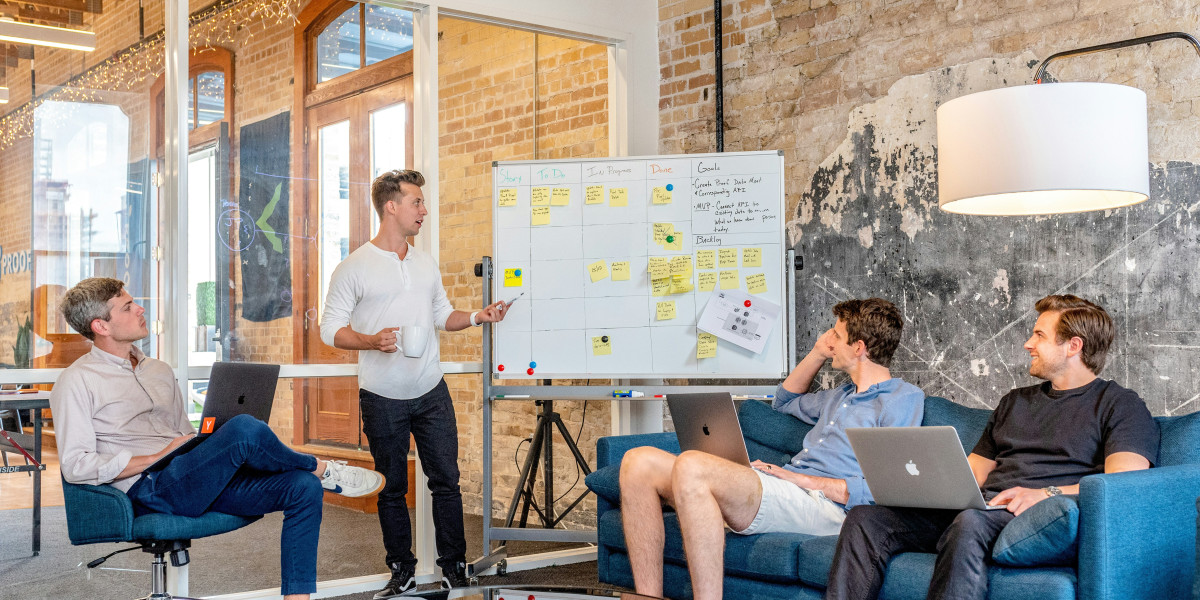In the fast-paced world of screens and scrolls, digital design has become the heartbeat of modern communication. Whether it’s the sleek layout of a website, the intuitive interface of a mobile app, or the vibrant post you see on social media, digital design is the silent force shaping how we interact, engage, and connect in a digital landscape.
But digital design is more than just “designing for screens.” It’s about creating seamless, purposeful, and human-centered experiences that bridge technology and creativity.
What Is Digital Design?
Digital design refers to the creation of visual content tailored specifically for digital platforms. This includes websites, apps, digital advertisements, social media content, emails, e-books, and user interfaces. Unlike traditional design, digital design considers interactivity, responsiveness, motion, and usability.
It blends aesthetic appeal with functional performance—turning a static screen into a meaningful experience.
Types of Digital Design
Digital design is a vast field with several specialized areas. Here are some of the most common:
Web Design: Structuring and styling websites to ensure user-friendliness, brand alignment, and visual coherence.
UI/UX Design: Focusing on user interfaces (UI) and user experiences (UX) to make apps and software intuitive and enjoyable.
Motion Graphics: Animations, explainer videos, and dynamic elements used in advertising and storytelling.
Social Media Design: Creating visually engaging content tailored to different platforms and audiences.
Digital Advertising Design: Crafting banner ads, interactive campaigns, and display visuals that drive clicks and conversions.
Email and eBook Design: Designing for readability and conversion in newsletters, campaigns, or downloadable content.
The Principles Behind Effective Digital Design
Great digital design doesn’t just happen—it’s rooted in solid principles:
User-Centered Thinking: The end-user’s needs, behavior, and journey drive every design decision.
Clarity and Simplicity: Clean visuals and clear hierarchies help users find what they need quickly.
Consistency: Cohesive typography, color schemes, and elements build trust and brand recognition.
Responsiveness: Designs must adapt gracefully across a range of devices and screen sizes.
Accessibility: Inclusive design ensures people of all abilities can engage with digital content.
Tools of the Trade
Digital designers rely on a powerful toolkit to bring ideas to life:
Design Software: Adobe XD, Figma, Sketch, and Photoshop are widely used for UI, layouts, and visuals.
Prototyping Tools: InVision, Marvel, and ProtoPie help designers test user flows and interactions.
Motion Design Platforms: After Effects and Blender are go-to tools for animation and 3D design.
Collaboration Platforms: Tools like Notion, Miro, and Trello support planning, ideation, and feedback loops.
The Role of Digital Design in Brand Success
Digital design isn’t just about how something looks—it’s about how it works and feels. In a competitive market, standout digital design can:
Increase engagement by offering smooth, intuitive website design experiences.
Build brand loyalty through consistent visual language.
Drive conversions by guiding users toward clear calls to action.
Enhance credibility by creating a professional, polished image.
Brands that invest in thoughtful digital design don’t just attract attention—they earn trust and loyalty.
Trends Shaping the Future of Digital Design
As technology evolves, so does design. Here are a few trends redefining digital experiences:
Dark Mode Optimization
3D Elements and Micro-Animations
Personalized Interfaces
Voice and Gesture-Based UI
AI-Powered Design Tools
Staying ahead means blending innovation with usability—embracing the new while staying anchored in the fundamentals.
Final Thoughts
Digital design is where creativity meets strategy, and where form meets function. It’s not just about creating visuals—it’s about shaping experiences, solving problems, and making connections in a virtual world.
In a time when your audience is only a click away, how you design your digital presence can make all the difference. So, if you’re looking to make an impact, think beyond the pixel—and let digital design tell your story with clarity, emotion, and intent.
Visit Us: https://www.a1jinternational.








